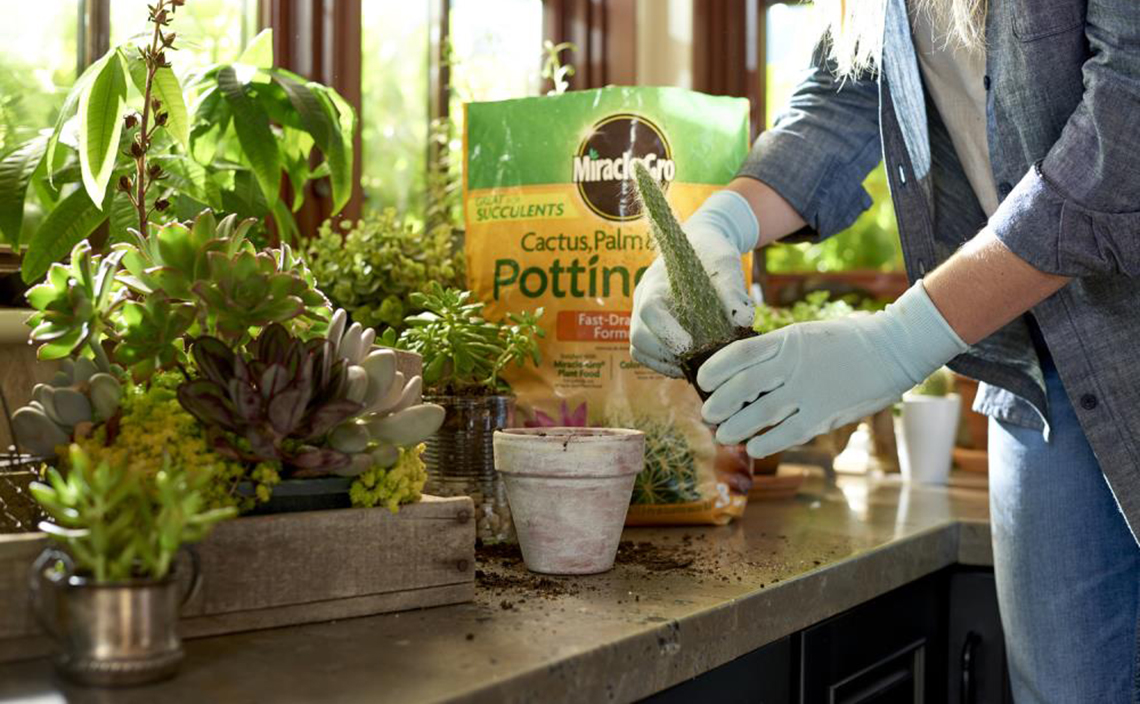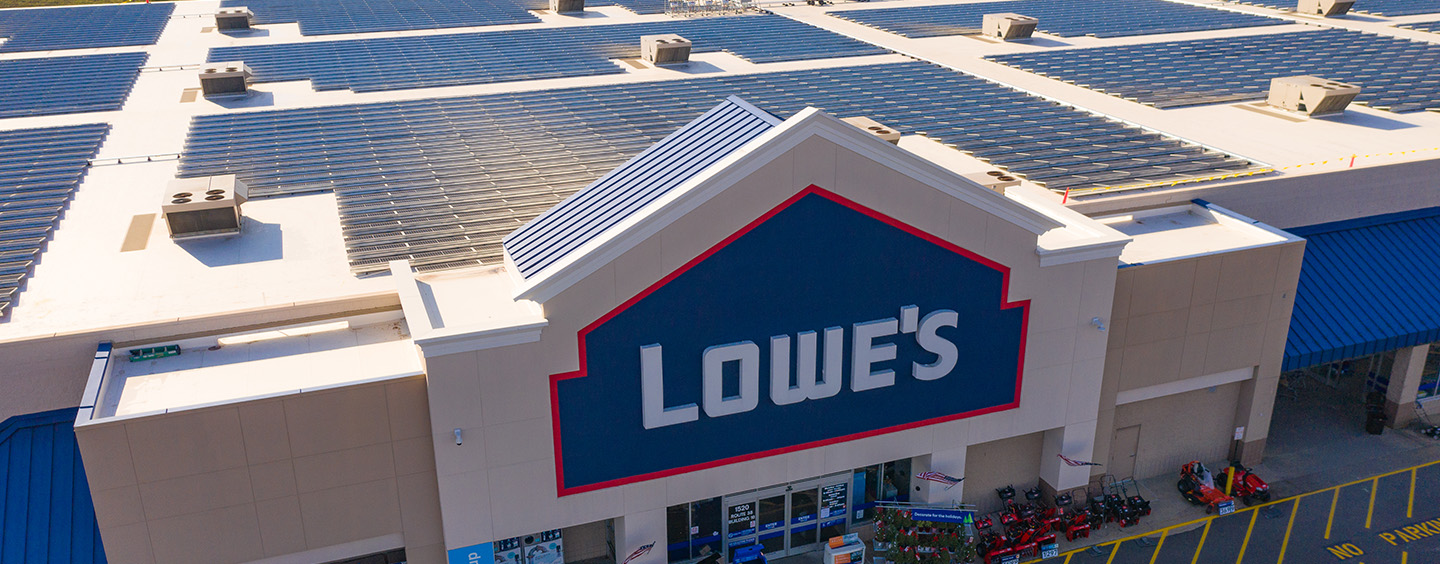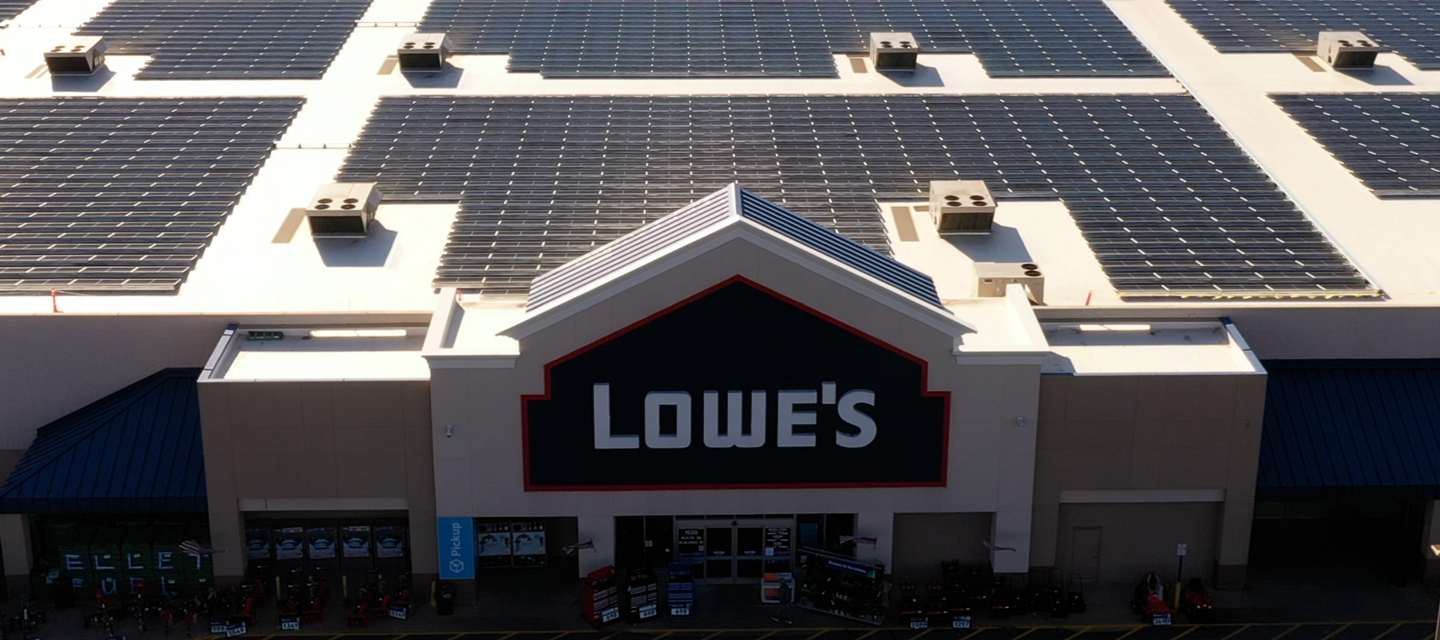Want to sound really smart at your next BBQ with the neighbors? Ask them if they’ve considered adding keystone plant species to their yard.
Keystone species, which can be any organism if you want to get all science-y about it, are most often discussed as plants and animals and are essentially the glue that holds a habitat together. They may not be the biggest or even the most popular, but without them, everything within an ecosystem can fall to shambles. Keystone species are critical to keeping our ecosystems in check, which is why it's a good idea to assess whether you have keystone species in your yard, farm, container garden, etc., and if not, consider adding some.
To be a keystone species, a plant must provide a critical source of food and/or shelter for other species, and for that reason, keystone species can change from region to region. This is akin to America’s take on grits and poutine - grits, a ubiquitous breakfast staple in the south, is practically non-existent in the north, while poutine, the sauced-up fuel that keeps the north going is something you would be hard-pressed to find in the south. While considered a critical source of food in their home region, their necessity isn’t a requirement outside of their ecosystem. While keystone species keep the ecosystem alive, native plants keep it healthy as they have developed to survive over hundreds or thousands of years in a region or ecosystem.

Keystone native plants, like the Saguaro Cactus in the southwest, Big Bluestem Prairie Grass, the Red Mangrove, Maple, Oak, Birch, and Cherry Trees provide vital sources of food and shelter to other species and are potentially good options for additions to your space. To get the most environmental bang for your buck:
- Visit Native Plant Finder to look up local native plant species for your region. The National Wildlife Federation hosts this national native plant finder atlas and identification key.
- Choose only native species for gardens, rain gardens and other stormwater management practices when visiting your local Lowe’s Garden Center. This is especially important to prevent an introduction of an invasive plant species.
- Reduce your lawn mowing by creating “no-mow” zones. This allows the development of symbiotic habitats – and cuts down on sweat!
Next time you visit your local Lowe’s, be sure to consider if the plant you’ve selected can do more than just spruce up your home – perhaps it can provide a home for a bird or offer the necessary nutrients for beneficial insects.




